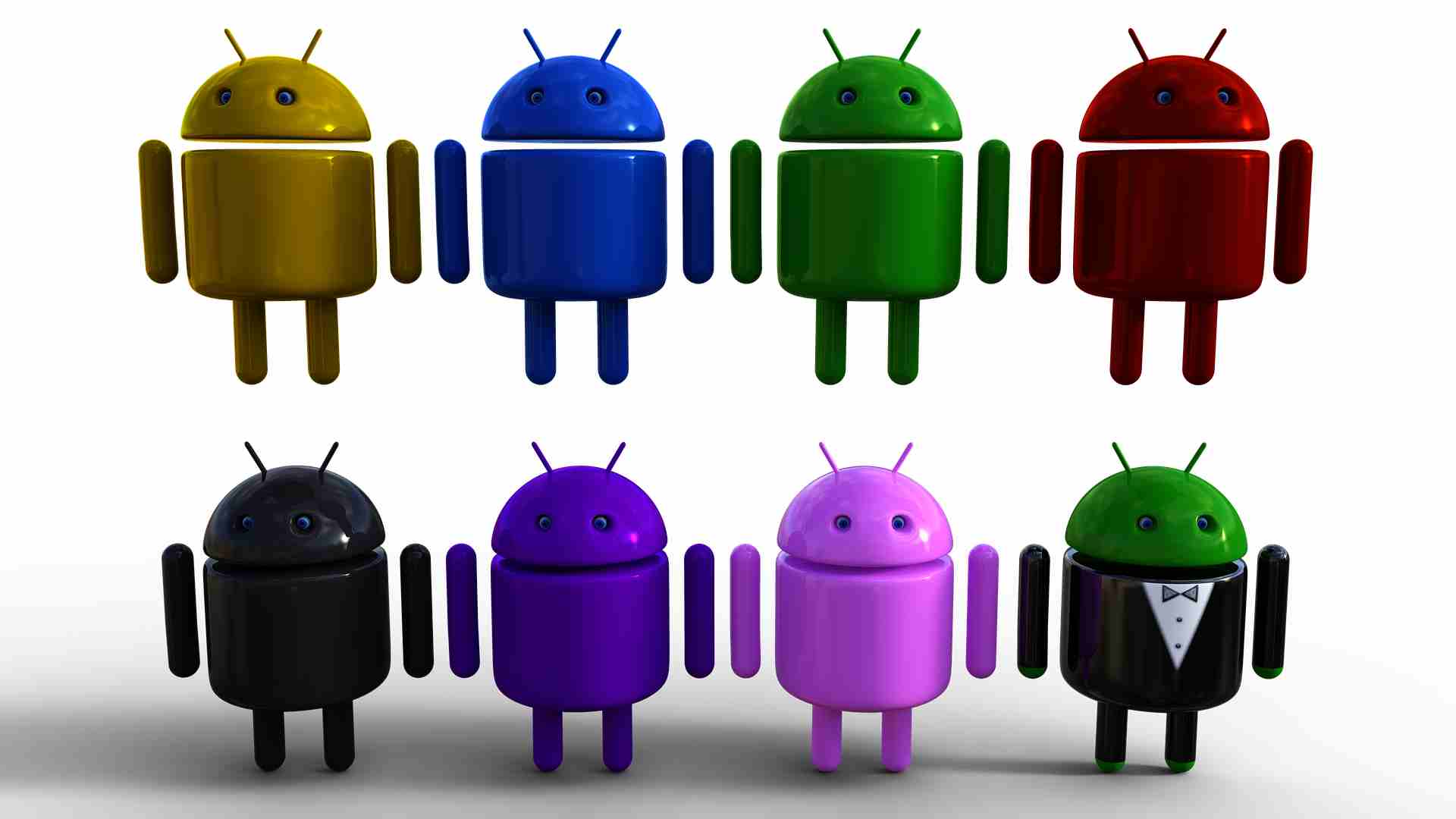How to Fix and Avoid Google Play (An Expert Guide)
There are lots of reasons why a Google Play app might not be working. It could be that your device isn't powerful enough, you have an old version of the Play Store app installed, or there's some other issue preventing you from using Google Play. Whatever the problem is, there are ways to fix it and ways to avoid these problems in the future.
1) Clear Google Play Services’s cache and data.
- Clear Google Play Services’s cache and data.
Use the following steps to clear out your device's cache and data:
- Go to Settings > Apps > Google Play Services.
- Tap Clear Data (or Clear Cache). If you see a dialog box asking for confirmation, tap OK or Continue.
2) Make sure you have a strong Wi-Fi or mobile data connection.
If you are having trouble downloading apps, make sure that your Wi-Fi connection is strong enough. If the network is not strong enough then it could cause problems when downloading apps from Google Play.
If this happens to you, try connecting to a stronger network (such as using tethering or roaming) until your device can connect without any issues again.
3) Check your date and time settings.
- Check your date and time settings.
The date and time is one of the most common causes of app crashes, especially those that occur on older devices. If you're having trouble navigating your phone or playing games, it's worth checking to see if something has gone wrong with your clock settings. You can do this by going into Settings > System > Date & Time (or Clock).
You should make sure that these are set correctly so that they match up with what's actually happening in real life—if they're too far off from what is happening outside your house or office, apps may not work properly or load properly without crashing.
4) Uninstall unnecessary apps.
The next step is to uninstall any apps that you don't use. This is a great way to free up space on your phone and make it easier to use. If there are any apps on your phone that you haven't used in a while, it's probably time for them to go.
Uninstall unused or unnecessary apps: If an app has been installed but not used since installing, then this can be removed from the list of available programs so that no other background processes are running in the background which can slow down performance and cause lag when using sensitive functions like navigation through Google Maps or searching for information online (e-commerce).
5) Remove your Google Account, restart your device, and then re-add your Account.
Remove your Google Account, restart your device, and then re-add your Account.To remove your Google Account: Open the Play Store on your Android phone or tablet. Tap My apps & games . Select Settings from under Apps & notifications . Under "Google," tap Remove account . Tap OK to confirm that you want to remove this feature from the device. If you have multiple devices registered with a single email address (e.g., work@gmail), select Yes when prompted to delete all instances of that email address from all other devices before proceeding with steps 3-5 below.
6) Don’t rely on auto-update.
- Don’t rely on auto-update.
Auto-updates are a great way to get new features and bug fixes, but they can also cause problems if you don't know what you're doing. If an app is slow or crashes, it's more likely that auto-update is the culprit than actually being buggy software itself.
7) Update the Play Store app in the normal way (through Google Play).
- Before playing again.
- If an update is available, tap Update to download it immediately (if possible).

0 Comments